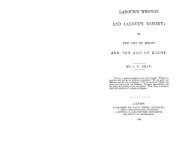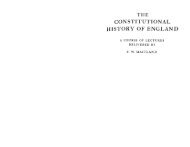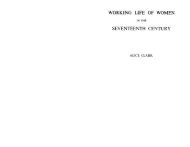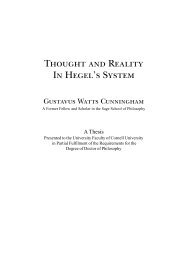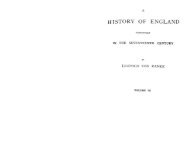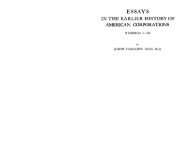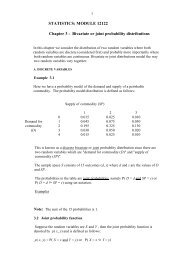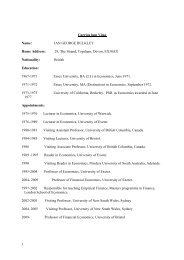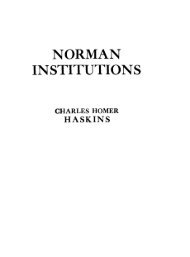are irrational expectations rational? David Demery Nigel W. Duck1 ...
are irrational expectations rational? David Demery Nigel W. Duck1 ...
are irrational expectations rational? David Demery Nigel W. Duck1 ...
You also want an ePaper? Increase the reach of your titles
YUMPU automatically turns print PDFs into web optimized ePapers that Google loves.
Are Ir<strong>rational</strong> Expectations Rational? 16was resetting its price. The first assumed RE - i.e. that the firm observesthetruevaluesofε t and u j,t separately and applies the correct α and γcoefficients to them to form its <strong>expectations</strong> of its future marginal costs. Thesecond assumes that the firm observes only the composite shock, η S j,t which(given our assumption that all previous shocks <strong>are</strong> zero) will equal ε t + u S j,t ,and then applies the ρ S s to this composite to form its <strong>expectations</strong> of futuremarginal costs. The third assumes a method of <strong>expectations</strong> formationclose to adaptive <strong>expectations</strong> in which E j,t ∆mc j,t+i = µ i ∆mc j,t and weimpose selected values of µ between 0 and 1. The fourth, naïve <strong>expectations</strong>,assumed that the a parameter µ =1.The four prices give rise to four streams of future profits for a particularstream of future realizations of ε and u j . We assumed that these futurerealizations were all zero and take the ratio of the streams of profits to thosegenerated by RE as our indicator of the firm’s expected loss of profits fromforming non-RE <strong>expectations</strong>. We express this ratio as DPF/DPF ∗ whereDPF ∗ denotes the discounted value of future profits from the optimal pricewhen both shocks <strong>are</strong> observed, and DPF denotes the discounted value offuture profits from the optimal price when some other method of forming<strong>expectations</strong> is assumed. The closer is this ratio to 1 (it will always beless than 1), the smaller the loss of profits from not observing the shocksseparately. As our parameters we use estimates of the ρs andofβ and θpresented in <strong>Demery</strong> and Duck (2001, Table 1) and their estimates of theαs andσ 2 ε from an MA(q) empirical model for ∆mc t . The value of q wasdetermined by the number of significant ρs ineachcountry.FortheUKweestimated an MA(5) process for ∆mc t ;fortheUSweassumedanMA(3).Using these as our parameter values, and for different assumed values of σ 2 u,we then solved for the values of the γs which<strong>are</strong>consistentbothwiththeq-order invertible MA process driving u j,t and with our estimated values ofthe ρs. 12 We simulated 1000 values of DPF/DPF ∗ and report their meansin Table 5.12 We used numerical techniques to derive the required values of the γs. For the UK thefive αs were 0.325, 0.375, 0.3212,0.1007 and 0.1480; and the ρs were 0.807, 0.5204, 0.4013,0.2278, amd 0.1763. For the US the equivalent figures were 0.2696, 0.3199, and 0.0825;and 0.294, 0.1829 and 0.1499.



